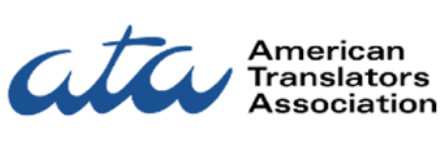Localization and Dialects for Swedish
Language Translations
There are over 100 dialects of Swedish throughout Sweden and Finland. While most of these are used in very remote locations by communities with little outside exposure, there are several dialects used more commonly. There are also several other Swedish language characteristics to take into account with an English to Swedish translation:
- Some older dialects of Swedish differ considerably in grammar and vocabulary, and are not always mutually intelligible with Standardized Swedish. Two examples of such dialects are Orsa, spoken in Dalarna, and Narpes, spoken in Osterbotten
- The Standard Swedish is primarily rikssvenska, or national Swedish, and to a lesser extent, hogsvenska, or High Swedish. The latter is used primarily by Swedish speakers in Finland.
- In a poll directed by HUI (the Swedish Retail Institute), Swedes revealed that the dialect they preferred salesmen to use over the phone, or to be used for Swedish language translation, is rikssvenska, but two others were also given as preferred alternatives: gotlandska and skanska
- Swedish grammar is fairly similar to English grammar, with a few exceptions. There are two genders for nouns, subject-verb-object order can be changed to stress certain phrases and words, and some usage of noun cases Nominative and Genitive are still in effect, and to a lesser degree, also Accusative and Dative.
Because of the widespread dialects of Sweden and the Swedish language, only professional human translators should be used for any kind of English to Swedish translation for your business documents. Tomedes has a network of over 5,000 translators worldwide, and many Swedish language translators who are able to adjust your document with the necessary dialectal and localized considerations. In addition, we have industry specific experienced translators, who are equipped to handle various technical information for medical fields, technology, legal sources and documents, and many others.
















